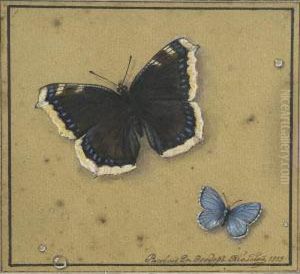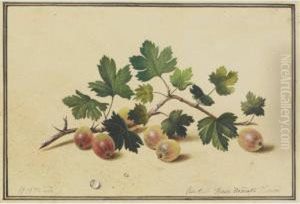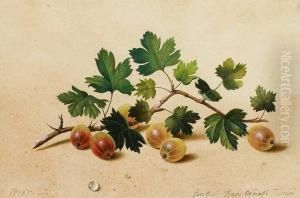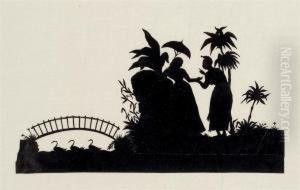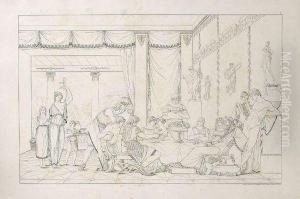Feodor Petrovitch Tolstoi Paintings
Feodor Petrovitch Tolstoi, a distinguished Russian artist, was born into the noble Tolstoy family in 1783. His life spanned a significant period of Russian history, witnessing the reigns of several tsars, from Catherine the Great to Alexander II. Despite sharing a last name with the famous writer Leo Tolstoy, Feodor Petrovitch carved out his own legacy in the realms of painting, sculpture, and medal engraving, becoming a versatile and influential figure in the Russian art scene of the 19th century.
Tolstoi's early education was marked by a broad exposure to the arts, thanks to his family's status and connections. He honed his skills in Russia before embarking on extensive travels across Europe, a customary practice among the aristocracy of the time. His sojourns in Italy, particularly in Rome, left a lasting impact on his artistic style and vision. It was during these formative years abroad that Tolstoi absorbed the classical traditions, which he later blended with Russian themes, contributing to the unique aesthetic he is known for.
Upon returning to Russia, Tolstoi became actively involved in the artistic life of the Imperial court and played a significant role in the development of the Russian Academy of Arts. His works span a wide range of mediums, including intricate medal designs commemorating significant events and figures in Russian history, detailed bas-reliefs, and elaborate frescoes in some of Russia's most revered cathedrals and palaces. His ability to merge classical techniques with Russian motifs earned him high praise and numerous commissions from the Russian elite, including the imperial family.
One of Tolstoi's most notable contributions was his involvement in the decoration of the Kazan Cathedral in St. Petersburg, where his works contributed to the monumental and spiritual ambiance of this iconic structure. His talent in medal engraving also garnered him recognition; his medals are considered masterpieces of Russian numismatics, valued both for their artistic merit and historical significance.
Feodor Petrovitch Tolstoi's legacy extends beyond his artistic creations; he was a mentor to many young artists and played a pivotal role in the cultural life of his time. He passed away in 1873, leaving behind a body of work that continues to be admired for its craftsmanship, historical value, and artistic beauty. Tolstoi's contributions to Russian art have cemented his status as a key figure in the country's rich cultural heritage.
